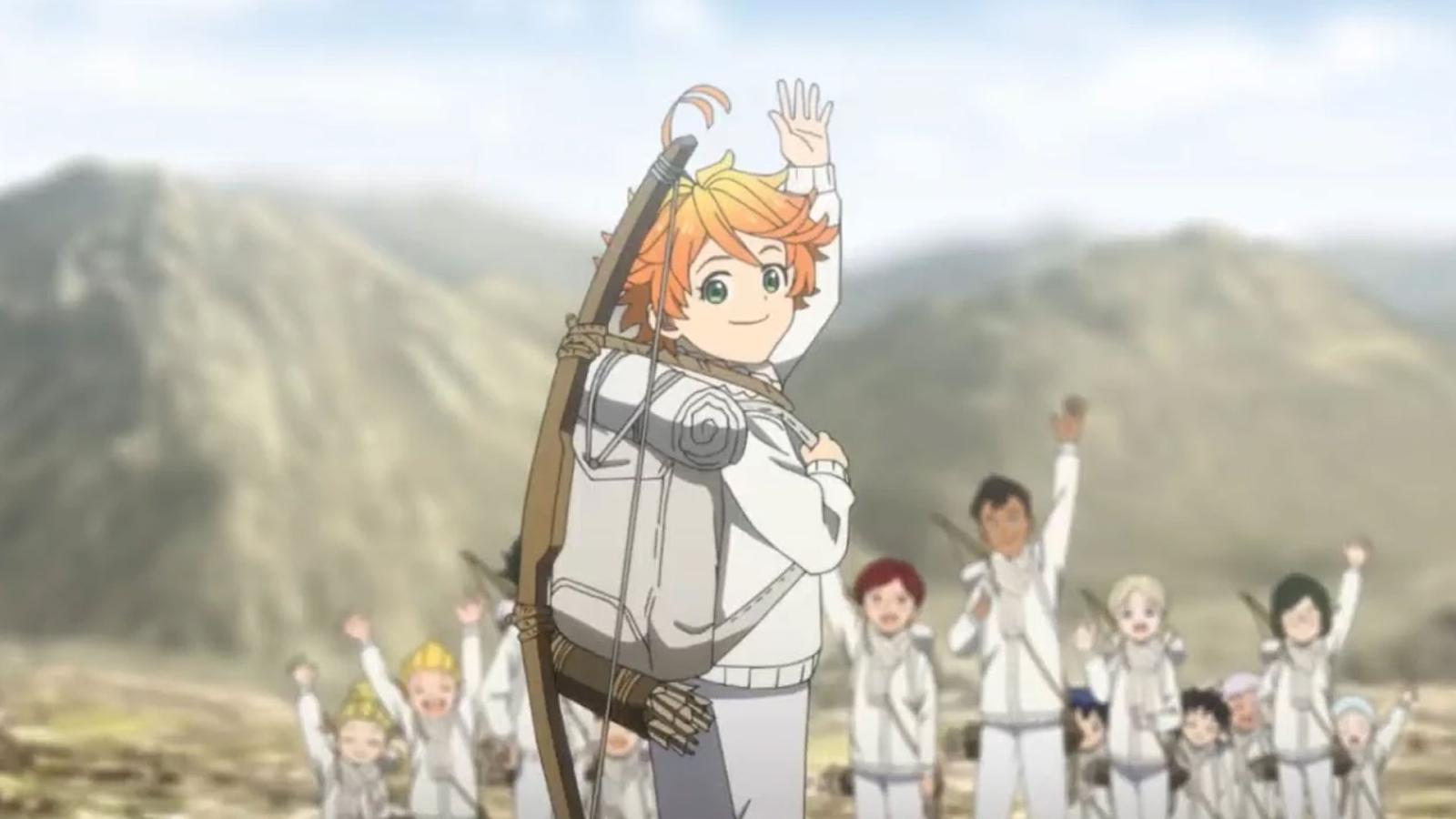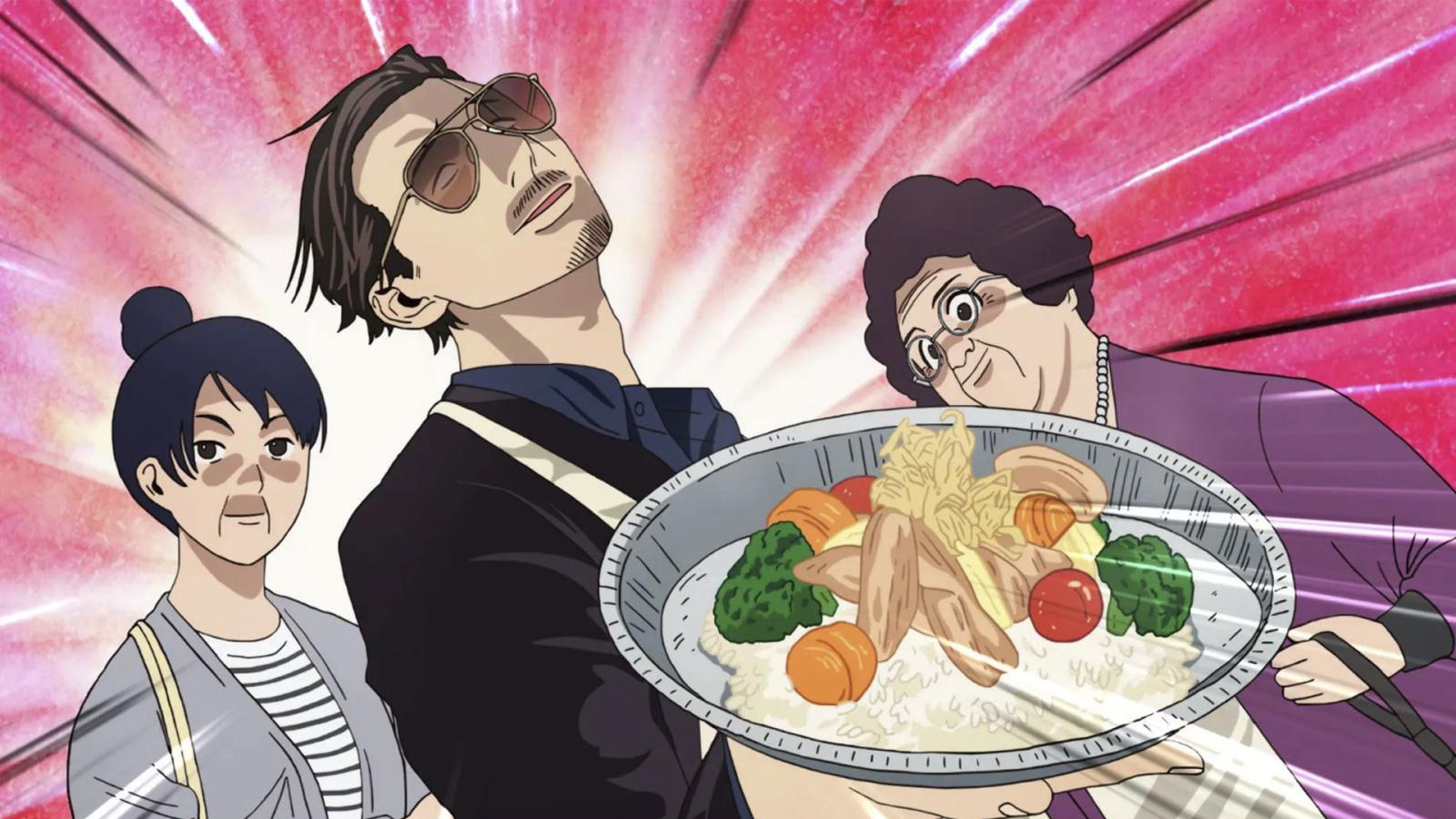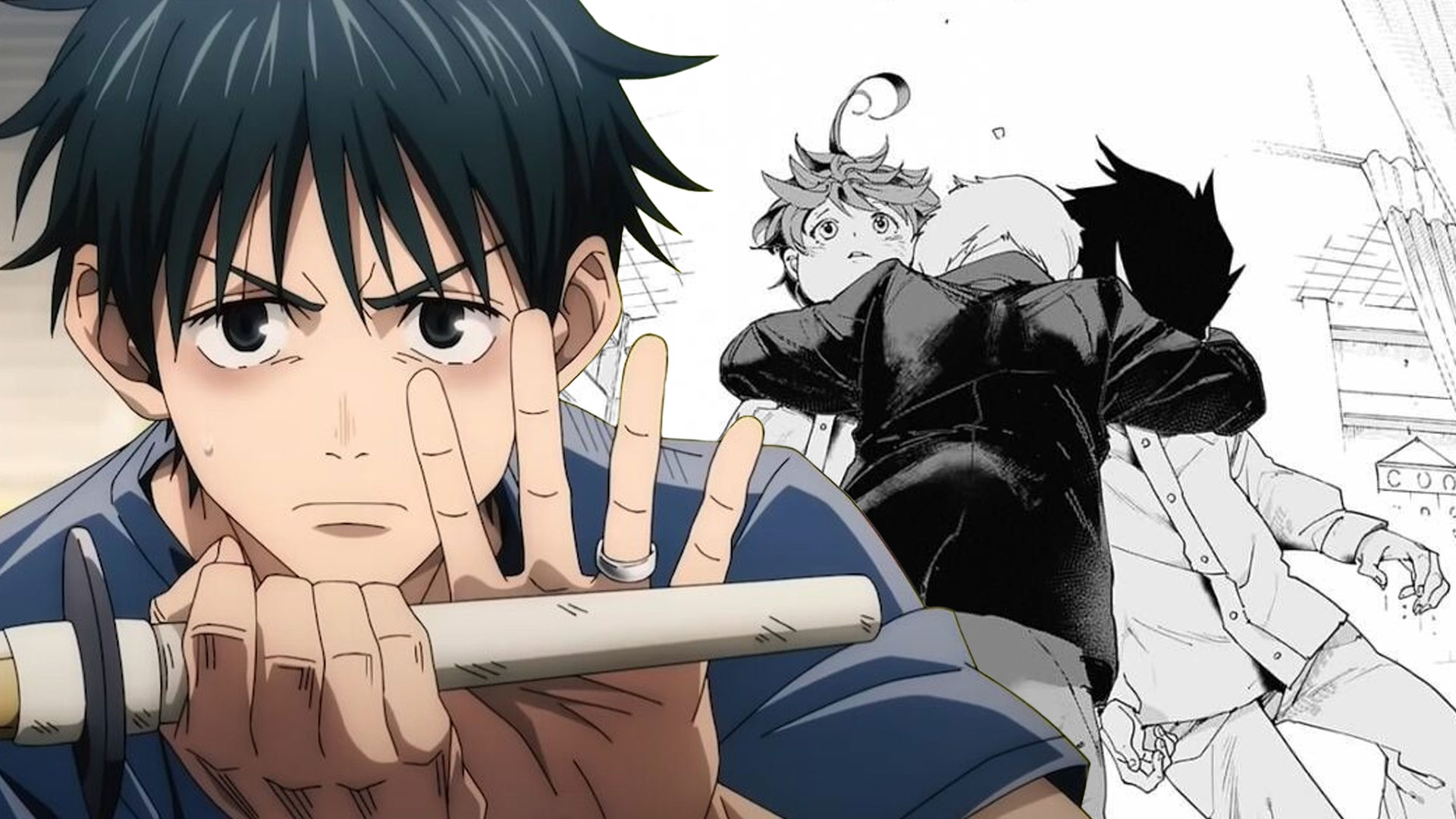Sometimes, the changes the anime makes are actually for the better.
Summary:
- Many manga fans want their source material to be left entirely unchanged in the adaptation.
- While sometimes the adaptation strays too far from the source, that doesn’t mean the opposite should happen.
- Sometimes the anime is actually better than the manga — and it’s supposed to be a different experience.
To many manga readers, a perfect adaptation of the source material is an unachievable dream. Of course, there are some things lost between the manga and the anime: usually, manga has more details and content.
There doesn’t seem to be any consistent definition of a “perfect adaptation,” though. Many would assume that means making the anime as close to the manga as possible — including copying panels into the anime frames and not deviating from them in the slightest.
We actually do have cases like that in anime, and they don’t always work out — and perhaps they aren’t needed at all in most cases.
Bad adaptations are still bad

Of course, we shouldn’t always deviate from manga in every possible case. Anime-original plots and endings are often disliked by fans, and for a good reason. More often than not, they are just unnecessary: even if they don’t replace the actual story, they are considered filler — and may not align with canon (Naruto fillers come to mind).
Sometimes, a manga adaptation can also be bad without deviating from canon: The Promised Neverland (Yakusoku no Neverland) is the most famous case of that among the recent ones.
The second season skipped over so much content that the plot was basically impossible to figure out. These changes were supposedly approved by the mangaka, but even that did not convince the fans.
Why an exact panel-to-frame adaptation might be a bad thing

We do actually have adaptations that are as close to manga as possible — and not all of them are successful.
The Way of the Househusband (Gokushufudou)is perhaps the most egregious example, as it might be considered the manga, colored and voiced. It features little to no animation, and while Kenjirou Tsuda’s voice acting in it was praised, this adaptation fails as an anime.
In general, adapting a manga 1:1 is not as good as people might think. This approach limits creativity and often forces the anime into very tight restrictions — to the level where there’s no point in actually watching the anime anymore.
How an anime might improve its source material
There are also adaptations that are actually better than their source material — and that doesn’t just mean having great animation and sound. An extremely popular example is Jujutsu Kaisen 0 — the movie has far more content than the original one-shot.
Another one would be K-On!, which was just your usual cute girls doing cute things manga, which was made into an extremely successful anime by Kyoto Animation — even the fans would tell you to just watch the manga.
Overall, 1:1 exact adaptations don’t always work out. Yes, it’s better to have one like that than a complete failure of an anime, but sometimes, anime improves on the source material in multiple areas. The anime is supposed to be a different experience, so why want it to be the same as the manga in the first place?

